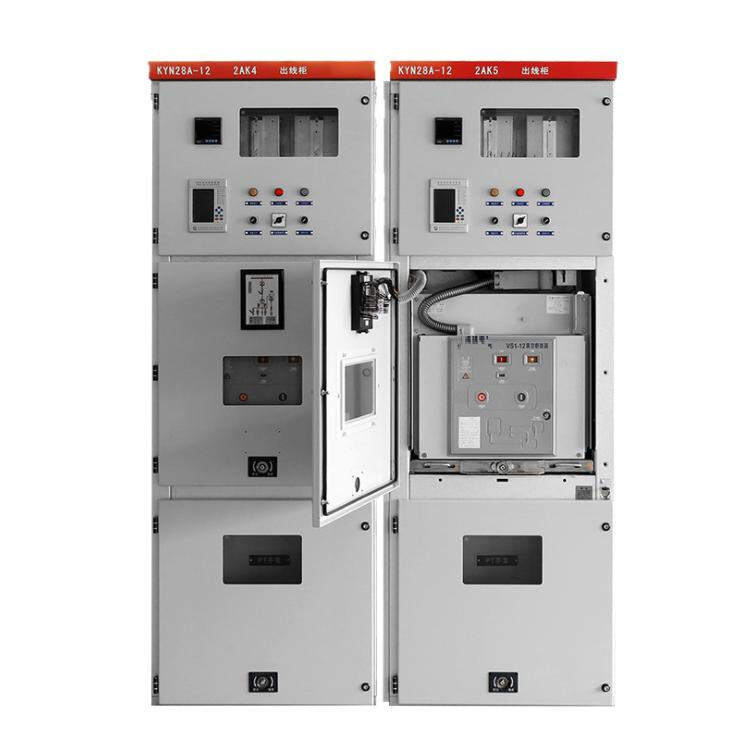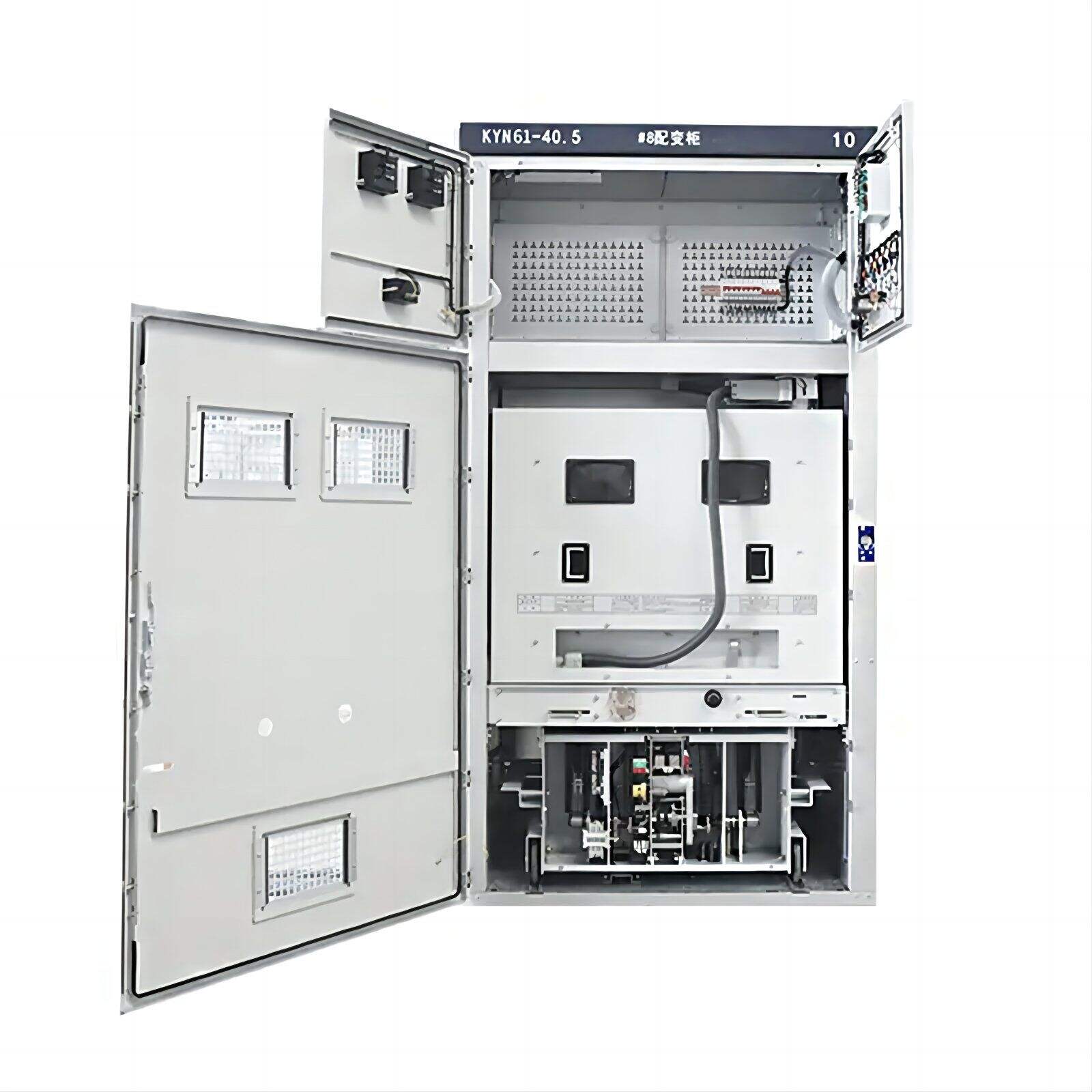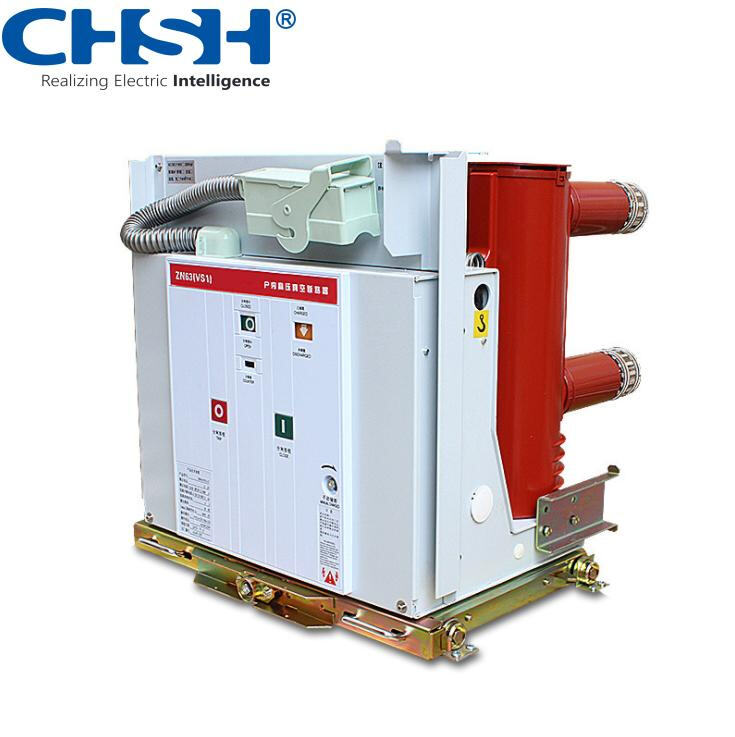vcb in substation
A Vacuum Circuit Breaker (VCB) in substations represents a critical component of modern electrical distribution systems, serving as a sophisticated protection device that interrupts electrical circuits during fault conditions. Operating within a vacuum-sealed chamber, these circuit breakers utilize the exceptional dielectric strength of vacuum to extinguish arcs effectively. The VCB's primary function involves rapidly disconnecting power circuits during overcurrent, short circuit, or fault conditions, thereby protecting valuable electrical equipment and ensuring system stability. The technology employs specialized contact materials, typically copper-chromium alloys, that minimize contact erosion and maintain optimal performance over thousands of operations. In substation applications, VCBs are particularly valued for their compact design, minimal maintenance requirements, and superior interrupting capabilities at medium voltage levels (typically 3.6kV to 38kV). These devices incorporate advanced mechanical and electrical systems, including magnetic actuators, sophisticated control circuits, and precise monitoring capabilities. The vacuum interrupter technology ensures rapid arc extinction, typically within the first current zero crossing, making VCBs extremely efficient at fault clearance. Additionally, their environmentally friendly nature, due to the absence of oil or SF6 gas, aligns perfectly with modern sustainability requirements in electrical infrastructure.


